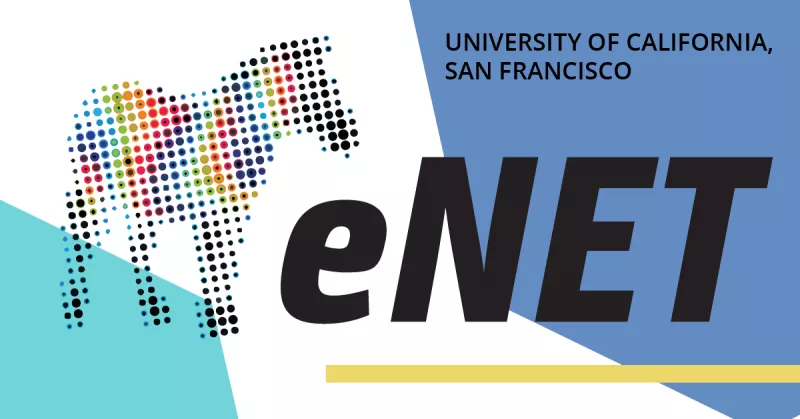Have you or someone you know been diagnosed with a Neuroendocrine Tumor?
- We are conducting a new study to learn about symptoms and quality of life for patients with Neuroendocrine Tumors.
- We want you to contribute to our knowledge of these rare diseases.
We are looking for people with:
- A diagnosis of an advanced Neuroendocrine Tumor that is either metastatic (spread to other organs) or cannot be removed by surgery.
- Access to an Internet-supported device
Share this message!
If you would like to share this with family and friends, feel free to provide them with the following link: enet.eurekaplatform.org
About the Study
eNET is a study to test the effectiveness of a Web-based program to collect information about symptoms, lifestyle, quality of life, and well-being for patients with neuroendocrine tumors. It is being run by Dr. Bergsland and doctors at UCSF.
How it Works:
- All study activities can be done at home or wherever you have access to the Internet (on a computer, tablet, phone, etc).
- You will be sent a series of surveys every 6 to 12 months for up to 3 years.
eNET is a web-based study!
eNET is a web-based study powered by the Eureka Research Platform. All study activities will be completed through the UCSF Eureka Research website.
Questions? Ready to join? To sign up or learn more, go to enet.eurekaplatform.org. You can contact the study team directly at [email protected] or (415) 353- 7683.
Anyone who is interested can visit the study webpage where they can learn more or join the study.
